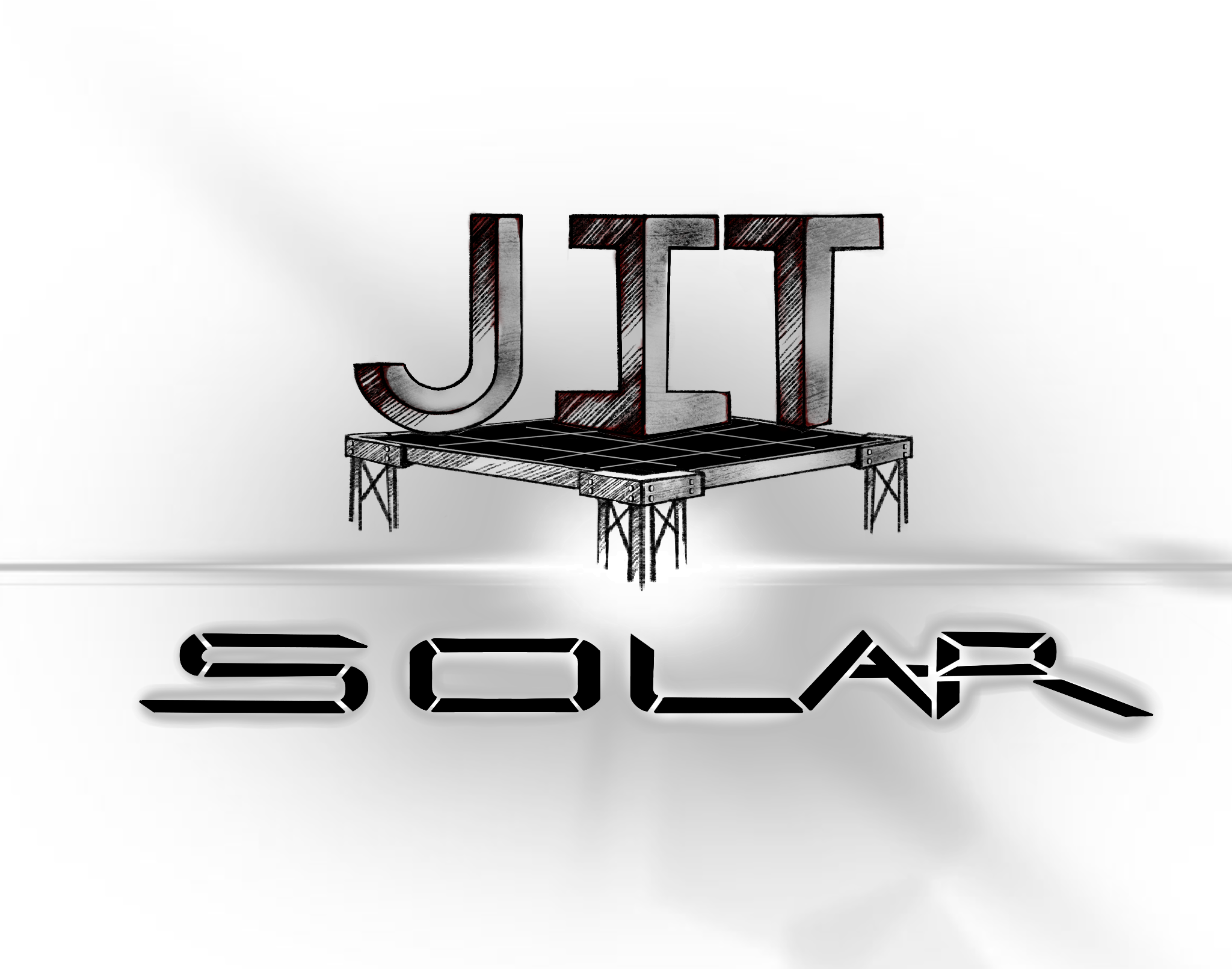Solar ROI: Commercial & Residential
Understanding the Economic Payback and Net-Metering Timeline for Solar Panels
One of the most common questions homeowners and businesses ask before installing solar panels is: “How long will it take for solar to pay for itself?” The answer lies in two key concepts — economic payback and net-metering timelines.
In this guide, we’ll break down what these terms mean, how they impact your savings, and what you can realistically expect based on your solar investment.
What Is Economic Payback?
Economic payback refers to the length of time it takes for the money you save on your energy bills to equal the upfront cost of your solar system. Once you hit that breakeven point, your solar panels are essentially generating free electricity for the remainder of their life.
Key factors that affect your payback period:
- Total system cost (including installation)
- Local utility rates
- Available incentives and tax credits (like the 30% federal ITC)
- Sun exposure and system size
- Financing method (loan, lease, cash)
Average Payback Period:
In most U.S. markets, the typical solar payback period ranges from 6 to 10 years for residential systems. Commercial systems may see ROI even faster depending on scale and tax depreciation benefits.
What Is Net Metering?
Net metering is a billing arrangement that allows solar customers to receive credit for the excess electricity their panels generate and send back to the grid. When your system produces more power than you use (like during sunny afternoons), your utility meter spins backward — reducing your future bills.
Net metering benefits include:
- Offsets nighttime or cloudy-day usage
- Can shorten your payback timeline
- Encourages efficient energy use and conservation
However, net metering policies vary widely by state and utility. Some offer full retail rate credit, while others use avoided cost or time-of-use pricing.
Net-Metering Timeline: What to Expect
Once your system is connected to the grid:
- Instant impact: Net metering begins working right away, reducing your utility bills from day one.
- First full billing cycle: You’ll begin seeing solar credits after your first full month of solar production.
- Annual true-up (in many states): Some utilities reconcile your over- or underproduction at the end of the year, which may impact your final ROI.
Note: As net metering evolves, many states are shifting to Net Billing or Value of Solar rates, which may slightly extend the payback period compared to older, full-retail net metering programs.
Example Payback Timeline (Cash Purchase)
| Year | Annual Savings | Cumulative Savings |
| 1 | $1,400 | $1,400 |
| 2 | $1,400 | $2,800 |
| 3 | $1,400 | $4,200 |
| 4 | $1,400 | $5,600 |
| 5 | $1,400 | $7,000 |
| 6 | $1,400 | $8,400 |
| 7 | $1,400 | $9,800 |
| 8 | $1,400 | $11,200 |
If your system cost $11,000 after incentives, your payback occurs between year 7 and 8, and every year after that is net savings.
How to Speed Up Your Payback Period
- Claim all available incentives: Federal, state, and utility rebates can cut your cost by 30–50%.
- Monitor your usage: Using more of your solar energy in real time reduces reliance on grid power.
- Consider battery storage: In areas with reduced net metering benefits, batteries can help you store and use more of your own energy.
- Choose an installer who offers accurate production forecasts and ongoing support.
Final Thoughts
Your economic payback is a key part of understanding the long-term value of solar, and net metering plays a major role in accelerating those savings. While timelines vary by location and system size, most homeowners see substantial returns within a decade — and decades more of clean, low-cost energy after that.
📞 Interested in learning what your solar payback would look like? Contact us today for a personalized estimate and system design based on your home, usage, and local utility policies.



